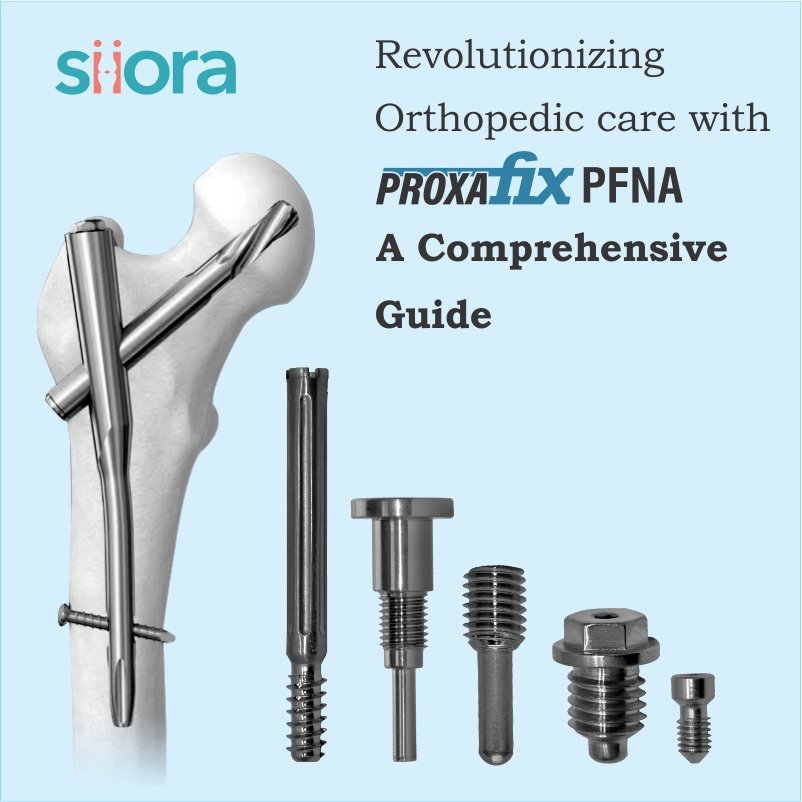The components of ring fixators system are into 2 categories: main and secondary. The main parts are the standard elements to correct skeletal deformities: rings, wire-fixation bolts, wires, and buckles, pin clamps, and pins.
The secondary parts of the system comprised of the elements essential for the assembly of the fixator: rods, plates, posts, supports, hinges, washers, bushings, sockets, nuts and bolts. Besides this, to assemble the several pieces of equipment requirement of various kinds of wrenches and wire tensioner will be there. There are no screws in this system hence no requirement for screwdrivers is there.
Rings
A ring with multiple holes and a flat surface is the main component of a circular external fixator (Ilizarov).
The ring encloses a limb segment: 2 or more rings connect to make a frame. The ring’s flat surface supports the heads of the nuts and bolts. The surface-nut interface or surface -bolt guarantees firm fixation of the wires, threaded rods, and bolts while treatment. The flat surface of the rings is essential for attaining a secure wire inclination and plane orientation. The alignment of all rings in a frame is perpendicular to bone’s long axis. A ring is of carbon fiber or stainless steel provides strong support for the frame. It intends to bear high stresses of the tensioned wire, up to 150 kg. The ring’s internal diameter measures from 80 to 240 mm. A whole set has rings of 12 different diameters to suit several limb thicknesses.
Ring fixators set have several half and full rings. A full ring is lighter, has more holes than 2 connected half-rings, and doesn’t need connecting bolts and nuts. The use of holes in the ring is for introduction of a threaded rod, a connector plate or a hinge. On the negative side, it is a must to place a full ring before the introduction of wires. If clinical state demands the removal of a full ring fixators during the treatment tenure, then it important to cut it with specific instruments.
Every half-ring, depending on its size, has eighteen to twenty-eight holes in the mid-segment of the flat surface. The standard holes are equally distance threaded (4 mm apart) and are of same size (8 mm in diameter). The surgeon will affix threaded rods or bolts in the holes. The surgeon joins 2 half-rings by bolts and nuts to make a full ring. The ends of the plate don’t have standard-sized hole, are offset as well as ledged to fit together on an even plane to form a full ring.
The surgeon may also connect half-rings to make an oval ring, three- and four-leaf clover rings and another specialized construct with the help of additional devices to make more space between the ring and the limb.
A five-eighths ring enables joint motion and the surgeon usually deploy it near knee and elbow joints. Besides motion, these rings enable the introduction of cross wires, a distinct benefit near these joints. The surgeon can also use this ring in the middle of a regular frame to offer access for management of soft tissue. Though, 5/8 ring is weaker than a full ring; a three-point connection to a full ring reinforces as well as strengthen it. Wires attached to a 5/8 rings are tensioned only after such stable connection is established. These rings can be accessible in three sizes from 130 to 160 mm.








